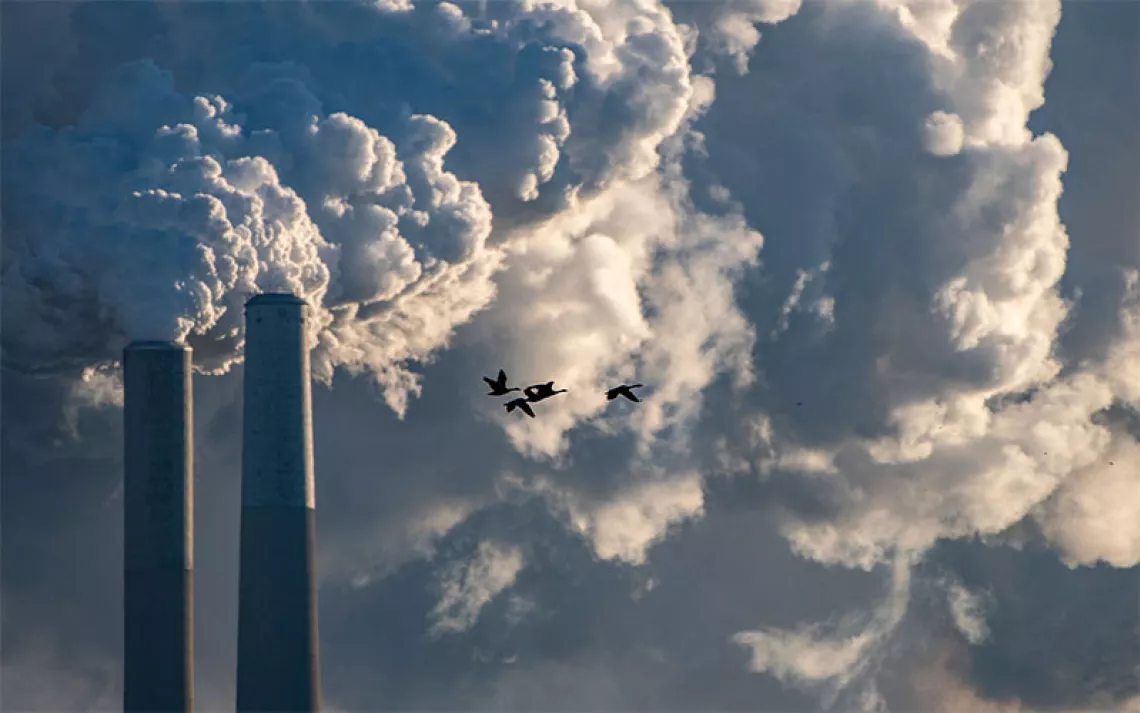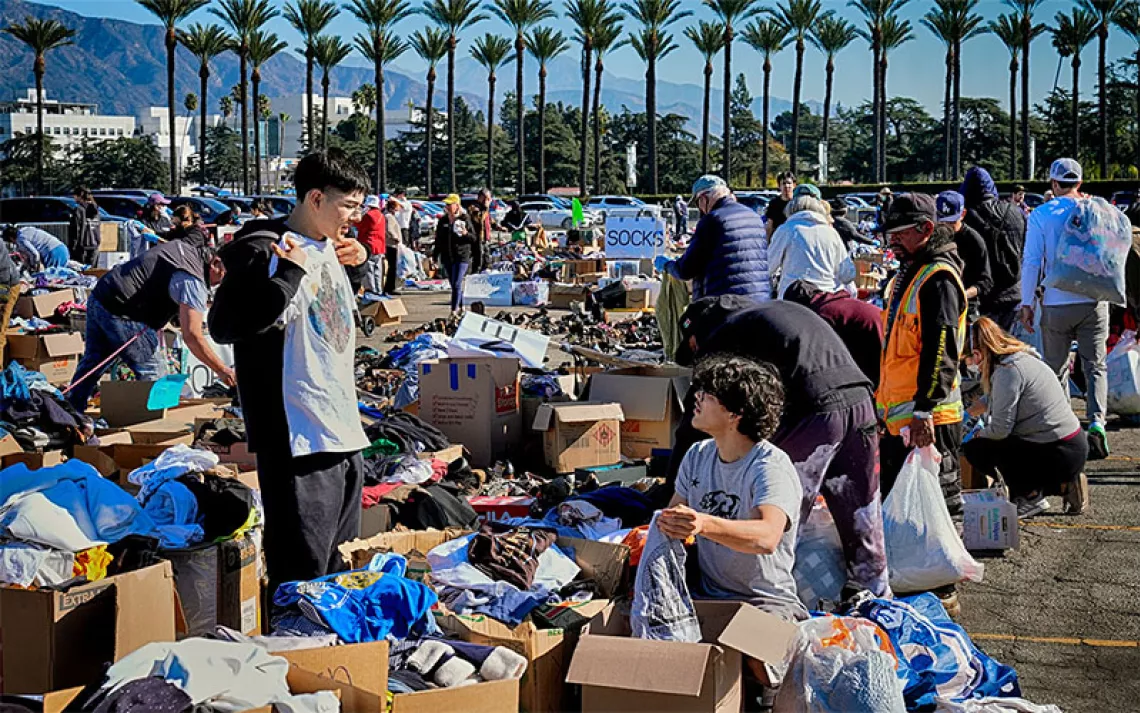Amazon rainforest scrubbing half as much carbon as it used to, new study shows

Photo by iStock/RicAguiar
The Amazon rainforest is soaking up only half as much carbon as it did in the 1990s, according to a study published yesterday in Nature.
“What this shows is that there’s even more urgency to protect the remaining Amazon forest that we have,” said the study’s lead author, Dr. Roel Brienen of the School of Geography at the University of Leeds, in a phone interview with Sierra.
While high levels of carbon in the atmosphere were at first beneficial for rapid tree growth, now those effects have leveled out and begun to decline. For the first time ever, South America is emitting more carbon than the Amazon is able to take out of the atmosphere.
“I hope that in terms of policy makers, they will realize that we can’t actually rely on the Earth’s vegetation to be taking up all this carbon -- to provide this service forever,” Brienen said.
One substantial factor in the reduction of carbon uptake is that trees are now dying at an increasingly young age, as shown by the following chart taken from the study.


Sign up to receive Sierra News & Views
Get articles like this one sent directly to your inbox weekly.
With this action you affirm you want to receive Sierra Club communications and may vote on policy designated by the Sierra Club Board.
When trees die they slowly decompose, releasing carbon back into the atmosphere and partially offsetting the carbon sink effect.
The Amazon took up about 2 billion tons of carbon in the 1990s. Now that number has been cut in half.
Why the lifespan of trees has decreased so sharply isn’t yet fully understood, but researchers suggested a number of potential causes including increased carbon levels in the atmosphere, drought and rising temperatures.
The findings of this study contradict prior models from 2013 that did not account for the decreased life span of trees that were exposed to higher levels of carbon.
From now on, climate models will have to “look more critically at the vegetation component,” Brienen said.
The study involved 500 people at 300 sites across eight countries over a 30 year period, making it the most comprehensive of its kind.
 The Magazine of The Sierra Club
The Magazine of The Sierra Club



